Destinations Photo Gallery
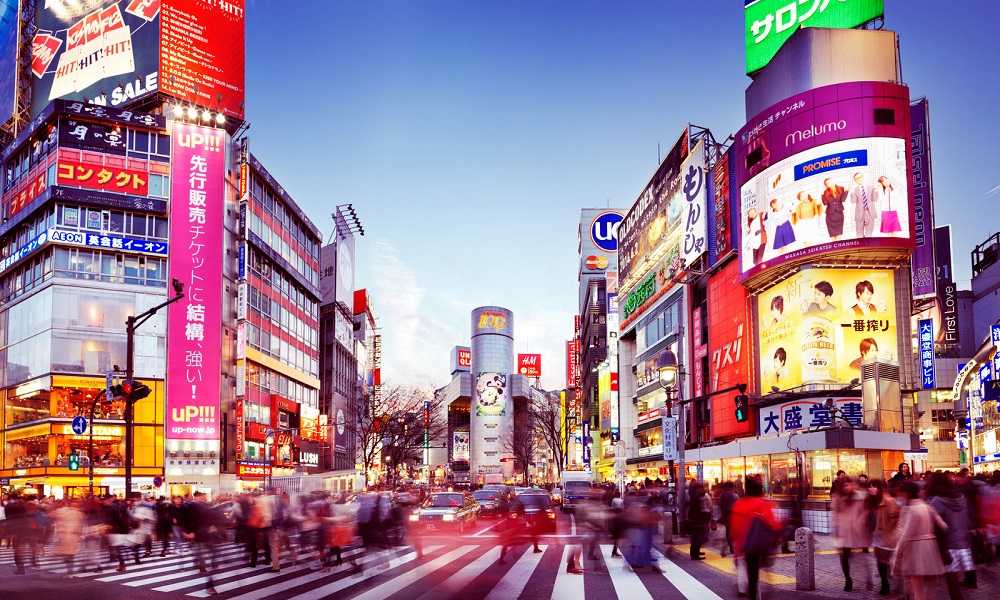
Tokyo, Japan
Tokyo, Japan’s busy capital, mixes the ultramodern and the traditional, from neon-lit skyscrapers to historic temples. The opulent Meiji Shinto Shrine is known for its towering gate and surrounding woods. The Imperial Palace sits amid large public gardens.
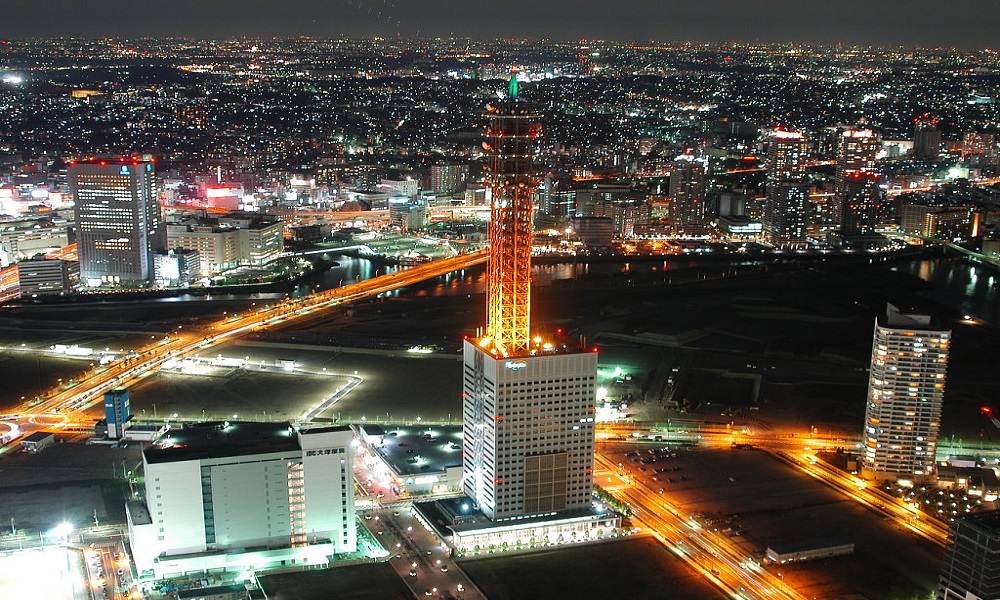
Hiroshima, Japan
Hiroshima, a modern city on Japan’s Honshu Island, was largely destroyed by an atomic bomb during World War II. Today, Hiroshima Peace Memorial Park commemorates the 1945 event. In the park are the ruins of Genbaku Dome, one of the few buildings that was left standing near ground zero.
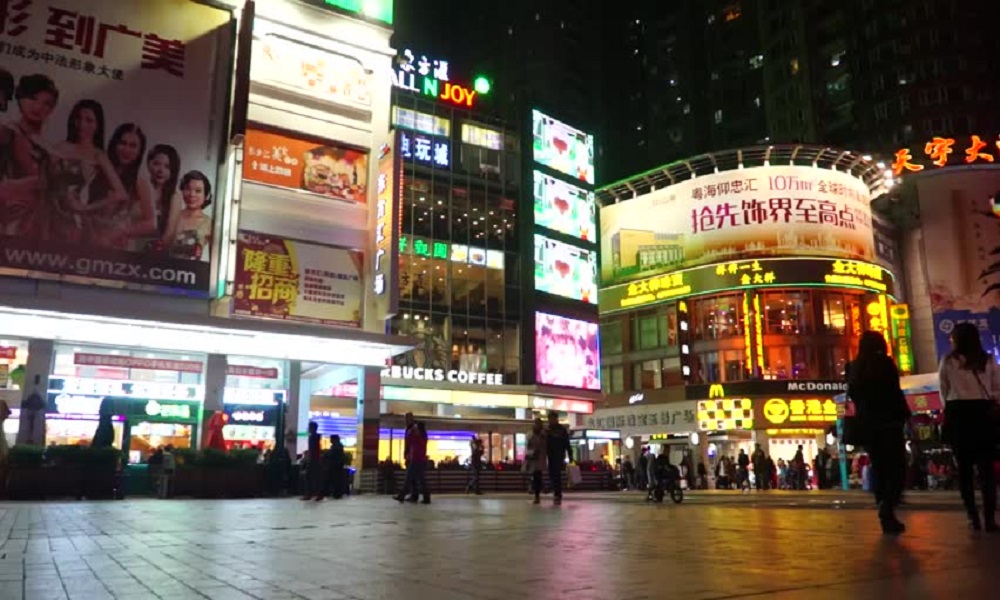
Ishigaki, Japan
Ishigaki is a city on Japan’s Ishigaki Island and a jumping-off point for beaches and coral reefs. Near the port, the Misakichō district is home to the covered Euglena Mall. The Yaeyama Museum chronicles the history of Ishigaki and the other Yaeyama Islands.
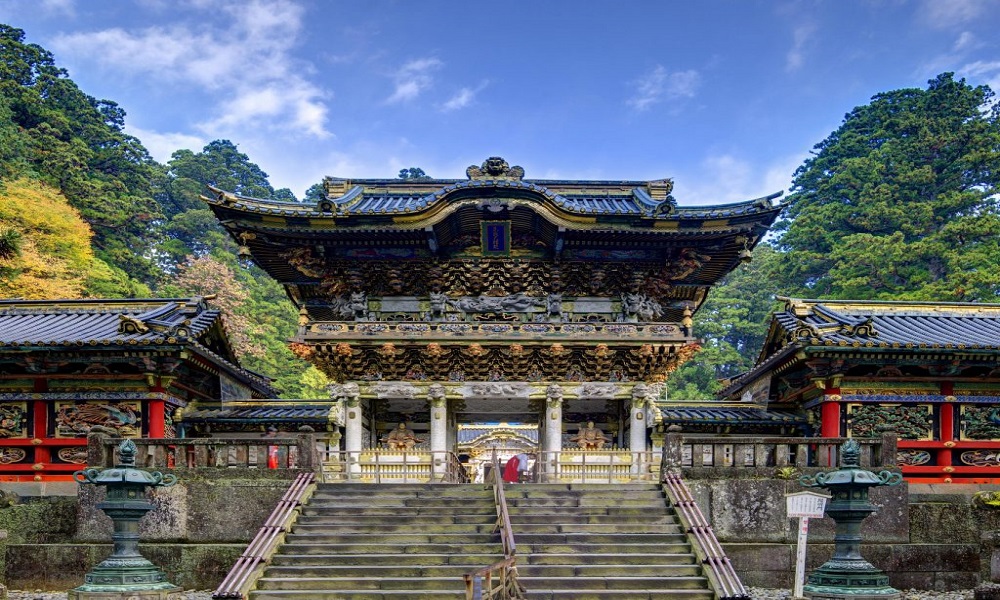
Nikko, Japan
Nikko is a small city in Japan’s Tochigi Prefecture, in the mountains north of Tokyo. It’s the site of Toshogu, the famed Shinto shrine established in 1617 as a lavish memorial for Tokugawa Ieyasu, founding ruler of the Tokugawa shogunate, or Edo Period.
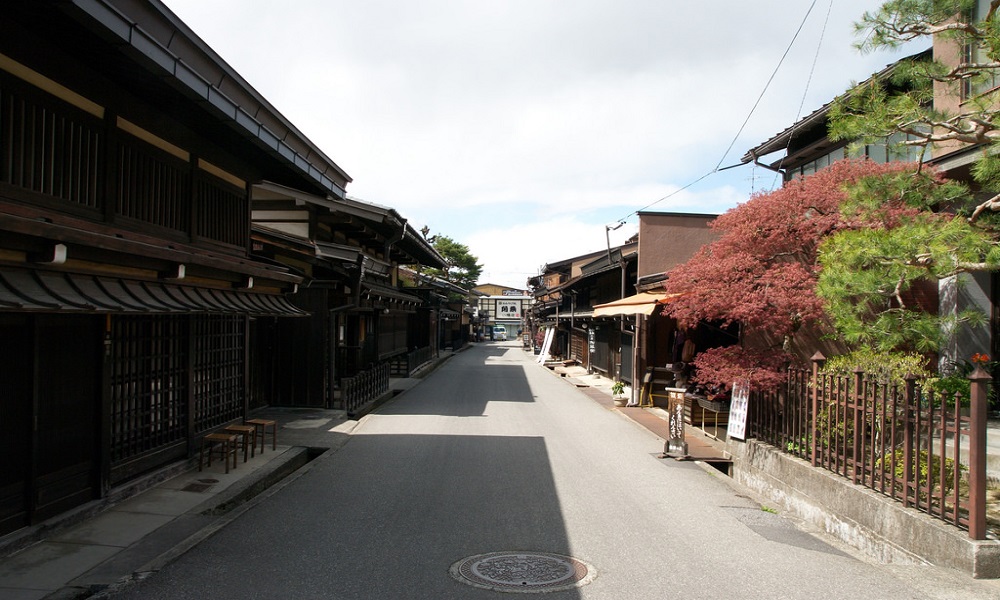
Takayama, Japan
Takayama is a city in Japan's mountainous Gifu Prefecture. The narrow streets of its Sanmachi Suji historic district are lined with wooden merchants’ houses dating to the Edo Period, along with many small museums.
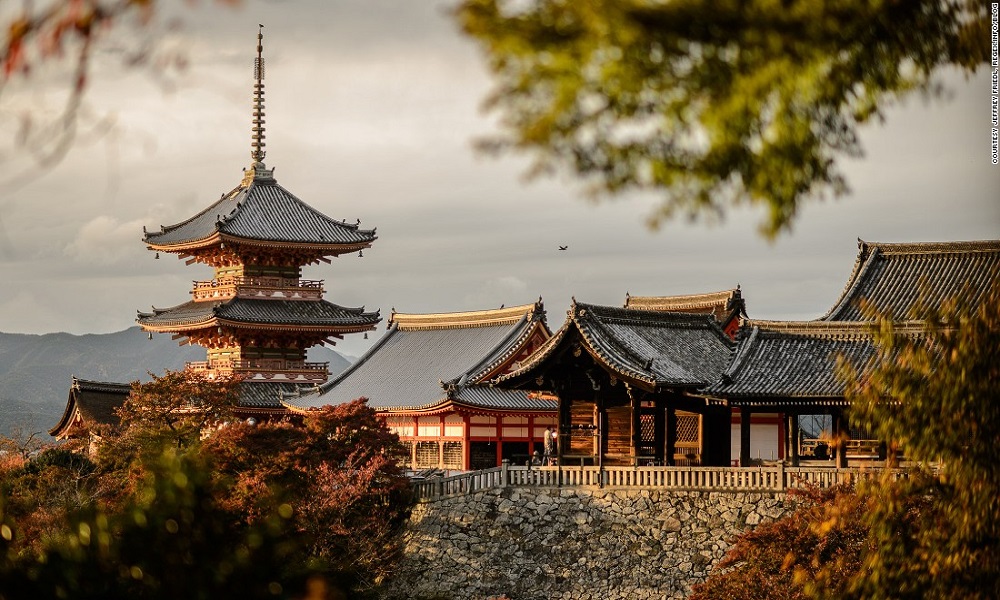
Kyoto, Japan
Kyoto, once the capital of Japan, is a city on the island of Honshu. It's famous for its numerous classical Buddhist temples, as well as gardens, imperial palaces, Shinto shrines and traditional wooden houses. It’s also known for formal traditions such as kaiseki dining, consisting of multiple courses of precise dishes, and geisha, female entertainers often found in the Gion district.